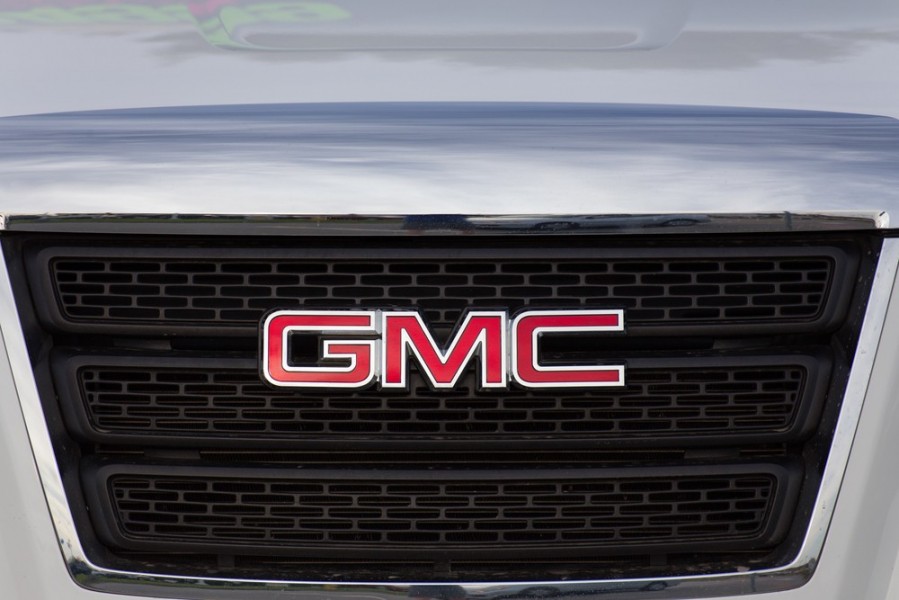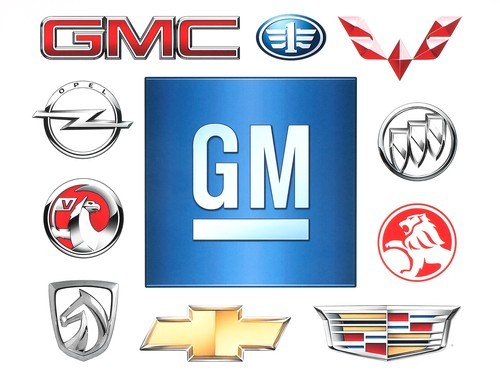Alfred Pritchard Sloan, Jr. was the Genius Behind GM

During the time of the Great Depression and World War II, Alfred Pritchard Sloan, Jr. was instrumental in General Motors Corporation’s (GM) growth from the 1920s to 1950s. Under his leadership, GM became the largest corporation in the world.
At JPS Collision Inc., we like sharing blogs about automotive history, because without Alfred Pritchard Sloan, Jr., we might not see as many General Motors cars here in Newark, NJ as we do every day.
Sloan was born in New Haven, Connecticut in 1875. He studied electrical engineering at Brooklyn Polytechnic Institute and transferred to Massachusetts Institute of Technology (MIT) where he graduated in 1895.
He joined Hyatt Roller Bearing in New Jersey, a business his father was involved with. Later, Sloan became president when he was just 26 years old and helped the company supply rolling bearings to the automobile industry. When GM acquired Hyatt, Sloan was named vice president and joined the executive committee. He eventually became president and CEO in 1923.
Those who knew Sloan have said that he was an “administrative genius.” Not only did he transform GM into a modern business, but he also provided an organizational structure that other corporations followed during the 20th century, according to brittanica.com.
 Under his leadership, Sloan organized the company into five divisions—Chevrolet, Pontiac, Oldsmobile, Buick and Cadillac. Each manufactured vehicles that were a different price range so they didn’t compete. It was known as the “ladder of success.”
Under his leadership, Sloan organized the company into five divisions—Chevrolet, Pontiac, Oldsmobile, Buick and Cadillac. Each manufactured vehicles that were a different price range so they didn’t compete. It was known as the “ladder of success.”
“He decentralized production overall, giving each operating division the freedom of initiative to compete for more business, while he centralized administration, creating a strong central office that had big financial and advisory staffs to devise and coordinate overall company policies,” according to brittanica.com.
Although Sloan was known for being a very successful manager, many recall his shrewdness and what some would consider being very cold toward others.
In the late 1930s, the United Automobile Workers held sit-down strikes in the company’s plants and Sloan reportedly refused to negotiate. In 1937, Sloan resigned as president and took on the role of GM’s chairman of the board. By 1946, he was no longer CEO and a decade later retired.
While he was known for being a complex businessman, Sloan was also a philanthropist. He supported many causes and established the Alfred P. Sloan Foundation in 1934.
Those interested in his management policy might want to read My Years with General Motors.
Sloan also co-authored Adventures of a White-Collar Man with Boyden Sparkes.
Sloan died at the age of 90 in New York City in 1966. If you happen to be near Flint, Michigan, consider visiting the Alfred P. Sloan Museum, where you can experience the evolution of the automobile industry and learn more about the longtime president and CEO of GM, routinely named one of the largest corporations in the world.
Sources: Wikipedia, Britannica and ushistory.org














 Under his leadership, Sloan organized the company into five divisions—Chevrolet, Pontiac, Oldsmobile, Buick and Cadillac. Each manufactured vehicles that were a different price range so they didn’t compete. It was known as the “ladder of success.”
Under his leadership, Sloan organized the company into five divisions—Chevrolet, Pontiac, Oldsmobile, Buick and Cadillac. Each manufactured vehicles that were a different price range so they didn’t compete. It was known as the “ladder of success.”
Social